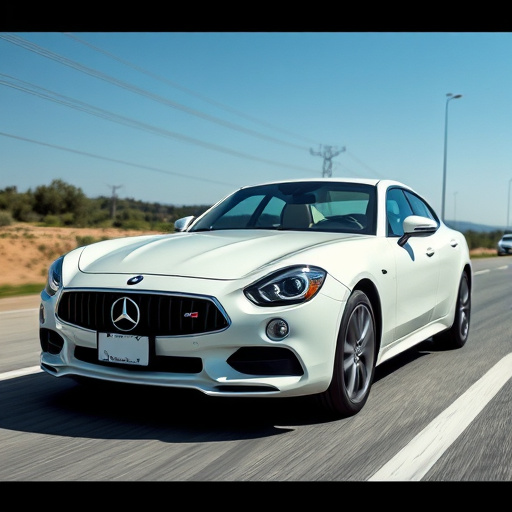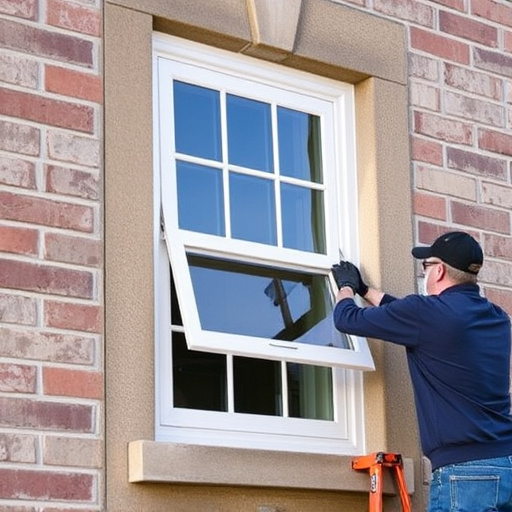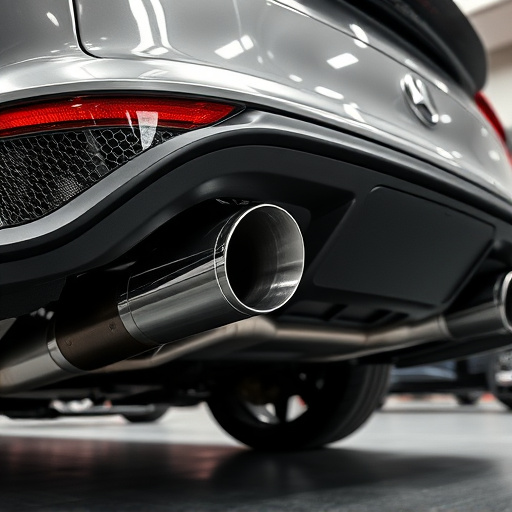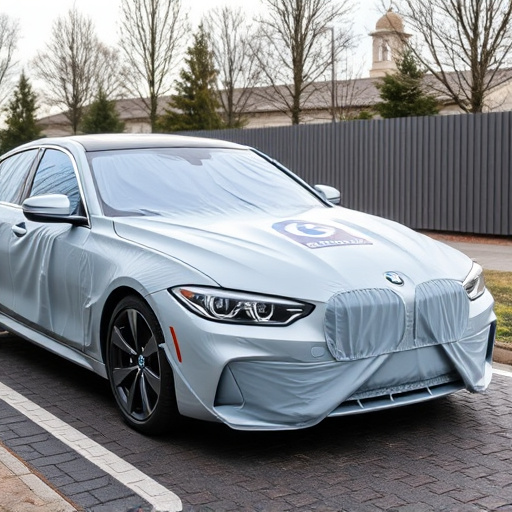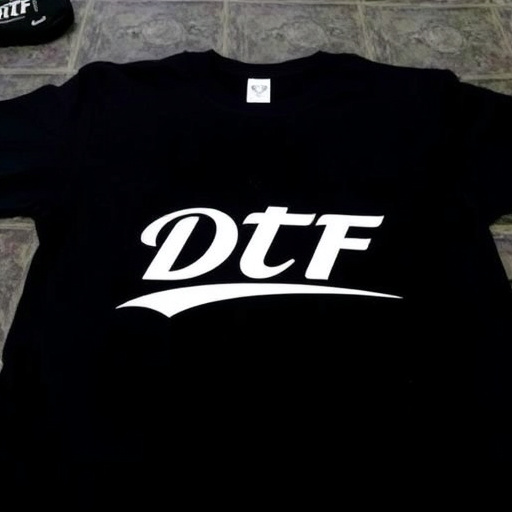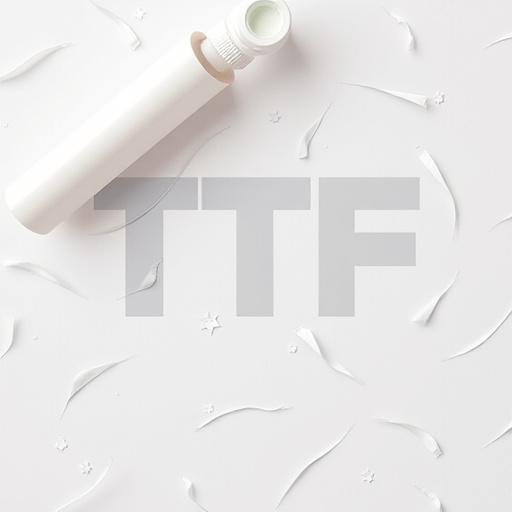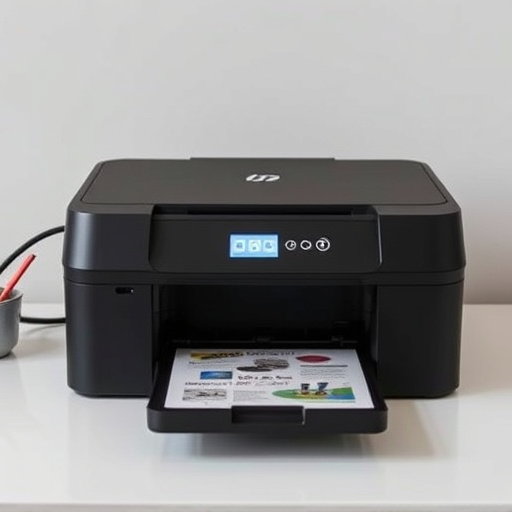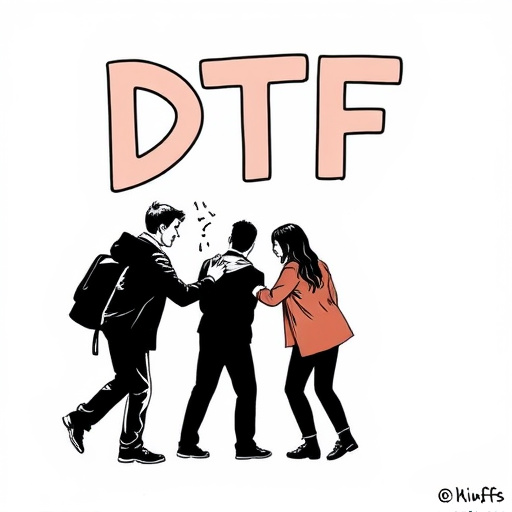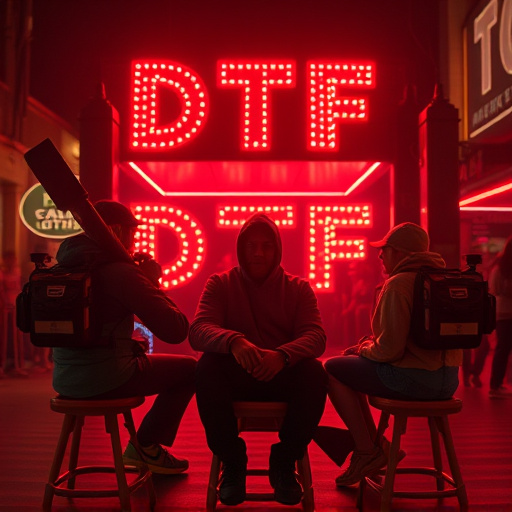DTF (Direct-To-Fabric) printers are revolutionizing the apparel industry by enabling SMEs to produce custom garments on-demand with high-quality, complex designs. These printers use a direct-to-garment transfer process with specialized inks and heat presses for vibrant, long-lasting prints comparable to screen printing. Key factors when selecting a DTF printer include intended use (high-volume vs. low-volume), print speed, ink technology for diverse fabric types, and design complexity. Choosing the right DTF printer ensures efficient production of custom garments, catering to both simple and intricate graphics.
Choosing the right DTF (Direct-To-Film) printer is pivotal for businesses based on their production volume needs. This article guides you through the process, starting by demystifying DTF printers and their unique functionality. We then outline crucial factors to consider when evaluating your production requirements. Finally, we match printer capabilities with business demands, ensuring you select a DTF printer that optimizes efficiency, quality, and cost-effectiveness for your specific needs.
- Understanding DTF Printers and Their Functionality
- Factors to Consider When Evaluating Production Volume Needs
- Matching Printer Capabilities with Your Business Requirements
Understanding DTF Printers and Their Functionality
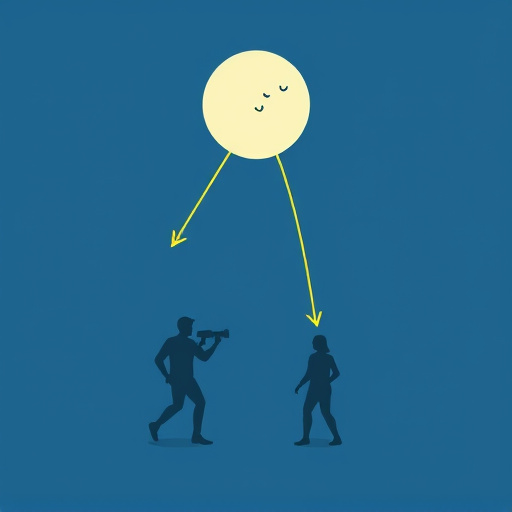
A DTF Printer, or Direct to Fabric Printer, is a cutting-edge technology that allows businesses to print intricate designs directly onto fabric with precision and speed. This digital printing method has revolutionized the apparel industry, enabling small and medium enterprises (SMEs) to produce custom, on-demand garments without the need for costly set-up costs or large minimum order quantities. DTF printers use a direct-to-garment transfer process, where ink is applied to a fabric surface through a print head, creating vibrant, long-lasting prints that rival traditional screen printing methods.
Understanding how DTF works involves grasping its key components: the printer itself, specialized inks, and heat presses or drying systems. The best DTF printers for apparel are designed to handle high production volumes while maintaining consistent quality. They offer features like automatic feed mechanisms, quick dry times, and versatile ink options that cater to various fabric types, making them suitable for a wide range of applications beyond just T-shirts—from personalized accessories to custom sports gear. Choosing the right DTF printer ultimately depends on your production needs, whether you’re targeting high-volume orders or focusing on smaller, more specialized projects.
Factors to Consider When Evaluating Production Volume Needs
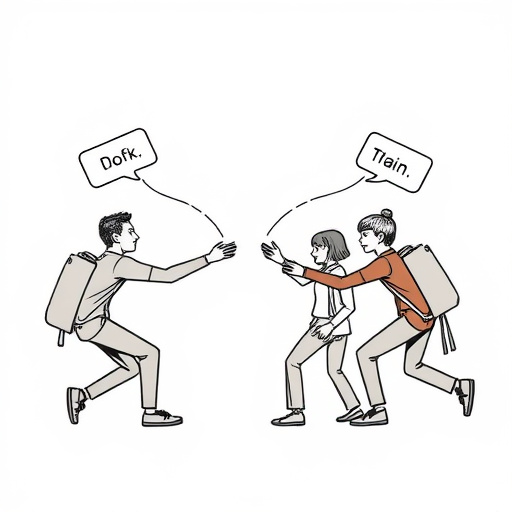
When evaluating production volume needs for a DTF (Direct to Fabric) printer, several factors come into play. Firstly, consider the intended use—whether it’s for small-scale, experimental runs or full-fledged production lines. For custom DTF transfers targeting apparel and other textiles, understanding your order volumes is paramount. If you anticipate high demand, investing in a printer with robust capabilities and faster printing speeds can significantly impact your turnaround times and overall efficiency.
Additionally, the type of materials you plan to print on greatly influences your choice. Different DTG ink technologies may have varying requirements regarding fabric types and print complexities. For instance, if your focus is on intricate designs and a wide range of fabrics, opt for printers that support advanced ink systems capable of delivering high-quality results across diverse material surfaces. This ensures your DTF printing process aligns with the specific needs of your industry, whether it’s for creating custom apparel or other fabric-based products.
Matching Printer Capabilities with Your Business Requirements

When selecting a DTF (Direct-To-Fabric) printer, aligning your choice with your business requirements is paramount. Start by evaluating your expected production volume. If you anticipate printing a high volume of custom t shirts or other garments, opt for a printer with a fast print speed and high-capacity ink systems to meet your demand efficiently. DTF printers are versatile, but ensure the model can handle the types of designs you intend to create—from simple monocolor to complex multicolor graphics—as this will impact both quality and time constraints.
Consider also the size and format of the custom sheets for heat pressing designs onto garments. Some printers offer larger printing areas, ideal for creating full-bleed designs on various fabric types. Ensure the printer’s capabilities align with your desired output sizes and the range of materials you plan to use. DTF technology offers a wide array of possibilities, so choosing a printer that complements your business requirements will ensure smooth operations and high-quality results.
When choosing a DTF (Direct-To-Film) printer, aligning your selection with production volume needs is paramount. By carefully evaluating factors like print speed, material compatibility, and desired output quality, you can select a printer that optimizes efficiency and meets your business’s unique requirements. Remember, the right DTF Printer acts as a versatile asset, enabling high-quality printing at scale, thus fostering growth and innovation within your operations.


